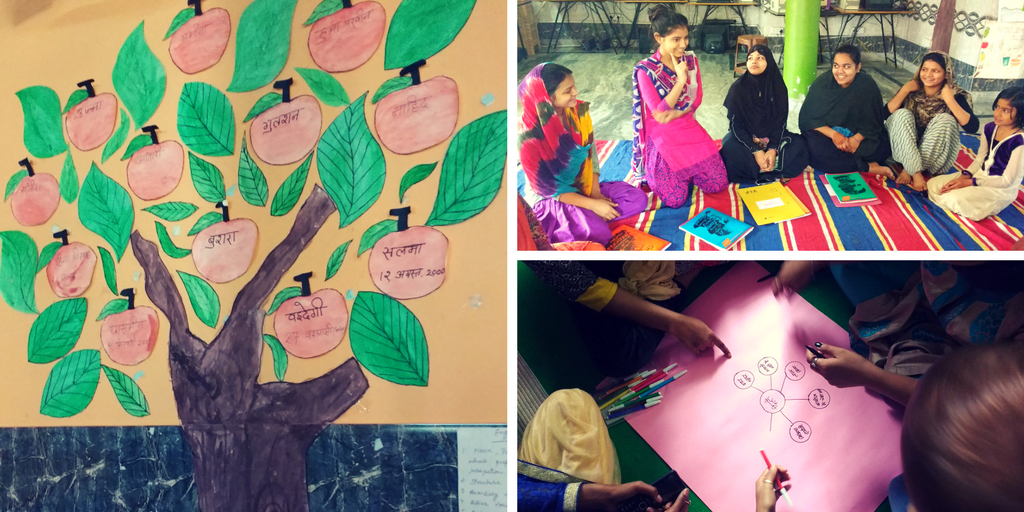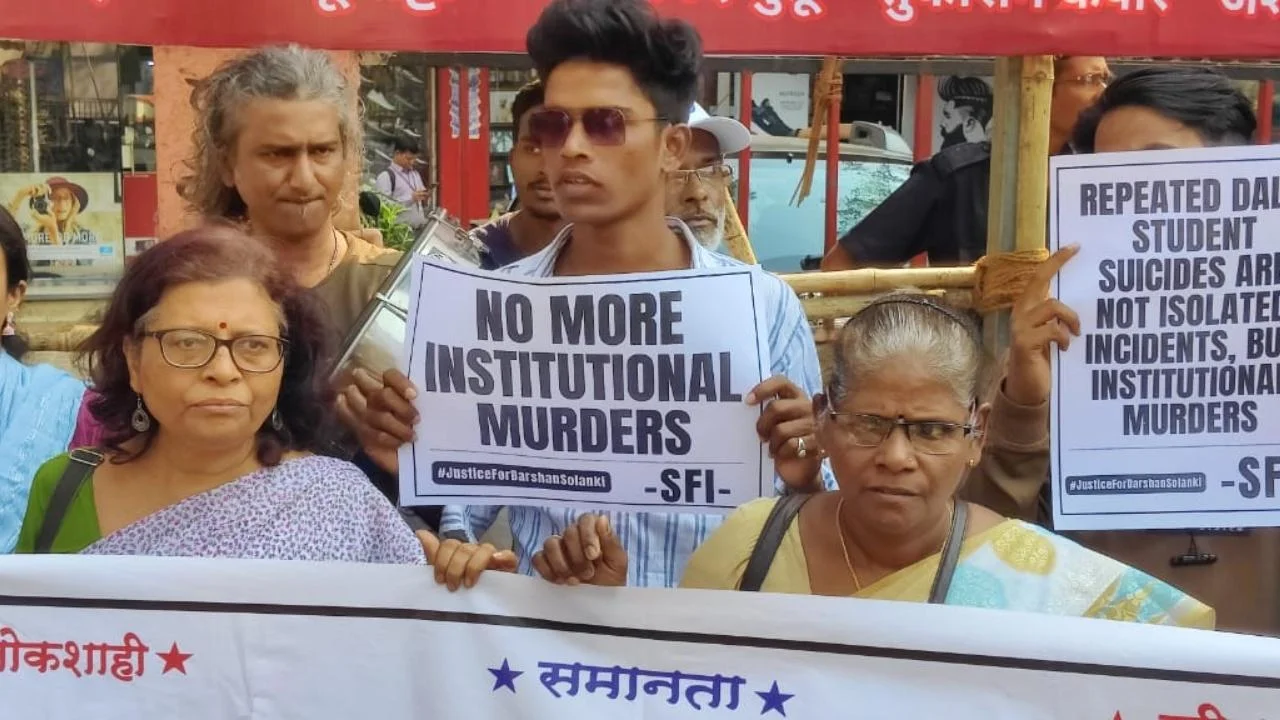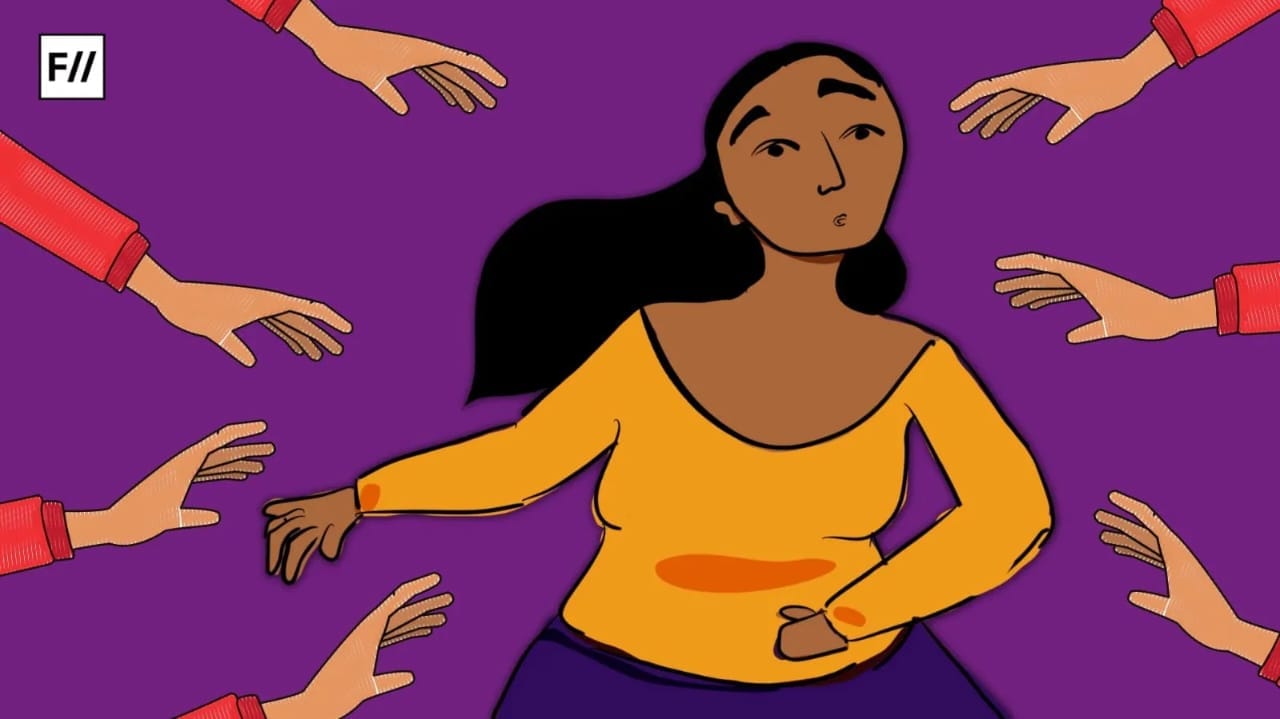After long years of struggle by common people, various civil society organisations, activists and researchers working in the field of education, Right to Free and Compulsory Education (RTE) Act 2009 was passed by the Parliament and implemented across India. According to this Act, all children between the age group of 6 to 14 years are able to access free education as their right, irrespective of their gender, caste, class, region and religion. RTE Act 2009 has its own advantages and challenges at the ground level, but it has also ignored vital questions linked with education of girls above the age of 15 years or who have never been to schools, both in rural and urban areas.
Merely providing access to education will have a limited impact unless social structures of the society, gender norms and practices are analysed from the perspective of women. After all, educational institutions are also prone to strengthening gender norms and social structure in various ways. Education system needs to create inclusive environment for girls belonging to different caste, regional, and religious background. Has our educational system created space for those learners who are left out or those who are not included under RTE norms? Even if we have schools like KGBVs (Kasturba Gandhi Balika Vidyalaya) in remote areas of different states, is our current education system ready to work towards gender equality in real terms? Even if Government took the initiative to provide access to education among such groups, it would not directly lead to empowerment of these girls.
It is important to understand the layers of control and suppression in the life of these girls before creating holistic educational opportunities. When dropout girls are enrolled in KGBVs, it becomes challenging to get them involved in the learning process because all of them have experienced discrimination, exploitation and violence at various levels. The capabilities and talents of these girls have been challenged by both family and outside world. By the time they reach adolescence, they develop low confidence and fear regarding education. Even our schools consider them as uncivilized who need to learn teaching-learning skills and behavioural skills to be part of the larger system. In other words, it teaches them to get ready for their matrimony in future and inspire them to adhere to the gender norms without raising questions. It is crucial to understand these layers of suppression and have them reflect in the curricula and in teaching and learning methods, while working on issues of education among adolescent girls.
Let me share one of my field experiences to talk about these issues in detail. After starting learning centre for never enrolled and dropout girls, we focussed more on creating comfortable learning environment in our centre and emphasized more on sharing experiences and gradually moved the focus towards reading and writing skills using word pedagogy.
One day during group discussion, all the girls were asked to discuss about a given picture. In that picture, a woman was serving food to family members and rest of the family members were eating. In sub groups, they shared their own life conditions and tried to relate it with the given picture. In one of the groups, one married girl was able to share her experiences. She explained in the group that she prepares food for everyone in the family and mostly eats after everyone else is done with the dinner. It was surprising to notice the responses from other young girls. Few of them were not able to react much about the given picture. But, other girls were angry with the workload on women. They shared that they would not behave like ‘good daughter-in-law’ and will ask other family members to share the responsibilities. They were not interested in following the instructions given by older women in the family and wanted to live their own life without being dictated by others. Besides the discussion, both the groups changed their discussion into a role play and performed in front of all the group members. Few of them were very shy in the group and were not able to participate much in the group activities. But all of them tried to prepare a role play using the available material at the centre. They used local words from their regions during the role play. It was interesting to note how the girls were able to analyse their reality and daily life situation.
Our approach to education for adolescent girls and young women should be different from mainstream education. It needs to create opportunities for the learner to analyse their lived reality from gender perspective.
Our Parvaaz Adolescent Centre for Education (PACE) team works with adolescent girls of urban resettlement colonies of Delhi who dropped out of school at an early age or who have never been to schools. Even in the heart of Delhi, significant number of girls living in urban resettlement colonies drop out of schools at an early age and this dropout rate increases at secondary and higher secondary level.

Image Credit: Nirantar
Yoko Tsujita, author of Education for all Global Monitoring Report, UNESCO, 2010 on ‘Deprivation of Education: A study of slum children in Delhi, India’ has analysed the educational status of slum children in Delhi. Survey conducted during the research had revealed that the ratio of children (age 6-14 years), who have never attended schools to the total children is 31.5% and never attended ratio of girls is 32.9%. It has also highlighted that dropout rates are higher in the middle grades such as IVth (25%), Vth (30.6%), VIth (25%) and at higher grades IXth (33 %).
Given these figures, it is imperative to understand that access to education among girls can never be understood in isolation, but needs to be seen in the context of their social environment and their lived realities. We saw strong linkages of girls’ education with gender, sexuality and violence. Most of the young girls in these areas are taking care of all the household work, along with doing some petty work in their houses like making toys, decorative items, etc. to provide financial support to their families. Besides poverty, lack of access to quality education, prevalent gender norms and sexuality are crucial reasons behind high drop out among girls in these areas. Both parents and their young girls are living in conflicted world in urban areas. Parents who have migrated from different regions are trying their best to ensure that their young girls adhere to the social norms and their cultural practices.
On the contrary, young girls with growing age have different aspirations and desires. They closely observe the mobility and lifestyle of young people of their age in affluent areas. Most of these girls are expected to follow the prevalent gender norms, but exposure to media and direct interaction with outside world has a different impact. A large number of adolescent girls are restricted to the limits of their houses to be ‘good’ girls and many of them are in direct conflict with their family norms. Most of them want to be in a relationship and explore their sexuality based on their desires. When it was discussed with them about their reasons for coming to the learning classes, a significant number of the girls considered it important to learn the skills to operate mobile phones, type text messages and to use internet, Facebook and Whatsapp. Besides using their learning skills in their day to day lives or for getting better jobs, they were interested to get connected with people using mobile and internet.
Since a very early age, their movements and behaviours are noticed closely. Younger brother or other family members accompany them to nearby places and they are not allowed to go alone anywhere in the name of safety. Adolescent girls in these areas are threatened not to get into a relationship with anyone. To avoid such a situation, they are even forced to drop out of schools. Beyond this, they are further pushed to get married. If in case they get into a relationship they also suffer different types of abuse and torture, but unfortunately this is not considered as domestic violence. When parents come to know about the relationship of the girls, they become the major victims and are forced to listen to their elders without raising their voices. They have to adhere to the social norms to maintain prestige of the family.
While working with young girls, we had experienced such incidences in various cases and few incidences were really disturbing. When parents got to know about the relationships of their daughters with someone, they used physical abuse, torture, public shame for their relationship. In one of the cases, family members scolded the girl and humiliated her by verbally abusing her. After that incident that girl was in depression, and did not feel like eating or doing anything. Finally, she was forced to get married to a stranger within a month when they got to know about her boyfriend. Such forced marriages are considered as the right decision to deal with such situations. It is difficult to describe the internal anxiety, tension and fear these girls had to go through with no one to listen to them. Everyone blamed them and gave them bad names for that. When we closely followed those cases, we realized that most of these girls had to live a life of prisoners under strict control of the family members. It has raised questions on the role of family in the life of young girls and controlled space for youth to fall in love or to decide their things for their life.
In a city like Delhi where it is common to find young couples who walk around together and enjoy being with each other, girls living in various resettlement colonies cannot live in isolation from the outside world. Electronic media, internet and mobile phones have defined new meanings of a relationship among such young girls. In the case of migration, people consider relationship as a matter of concern, they face insecurity and fear of losing the relationship with their remote villages and people who belong to their areas.
Why is violence seen in such limited forms, especially in terms of abuse, rape and other forms of domestic violence? Why violence inflicted by family members in case of love affairs and marriages are not considered by the family as a violation of the right of young individuals? Why are threats given to girls on a regular basis not considered as a form of violence? While working with these girls, it was observed that violence is also gendered and girls had learned to ignore violence up to a large extent. Why do male members of the family, even younger brothers, use violence as a tool to control mobility and behaviour of the girls?
Significant numbers of young girls living in urban resettlement colonies of Delhi are facing severe violence within their families in the name of honour and culture. It has led to increase in dropout rate during adolescence and it has restricted them to their own households. When we tried to unfold the violence and gender discrimination faced by these girls, we also realised that this entire situation has led to mental stress, anxiety and depression among such girls. However, mental stress and anxiety are never considered as health problems and family members do not provide emotional support under such stressful situations. Most of the relatives, family members and neighbours blame the girls and question their character. Most of these girls have no space to share their internal feelings and experiences. Our learning centres became crucial safe spaces for them to share such experiences without being judged by others.
Educational spaces need to be inclusive and safe where girls can feel comfortable to share their experiences during teaching and learning process. Prevalent gender norms, violence and growing age exploration of their sexuality are directly linked with access to education among young girls. Question still remain on Educational institutions, New Education Policy and other related schemes to address these concerns and issues which are very crucial while providing access to education among young girls belonging to difficult family backgrounds.





Your work is really appreciable. I would love to see PACE expand to other cities too.